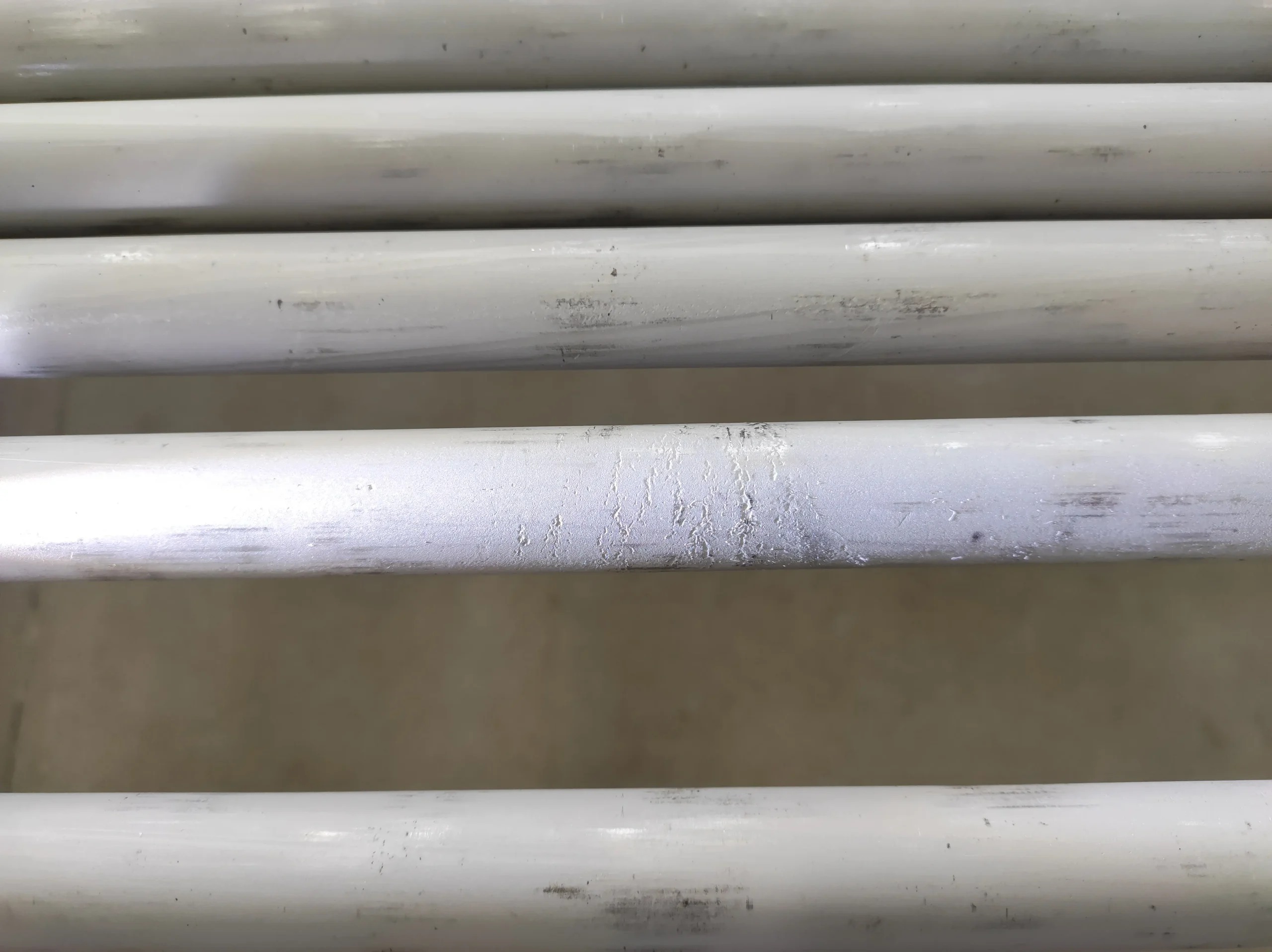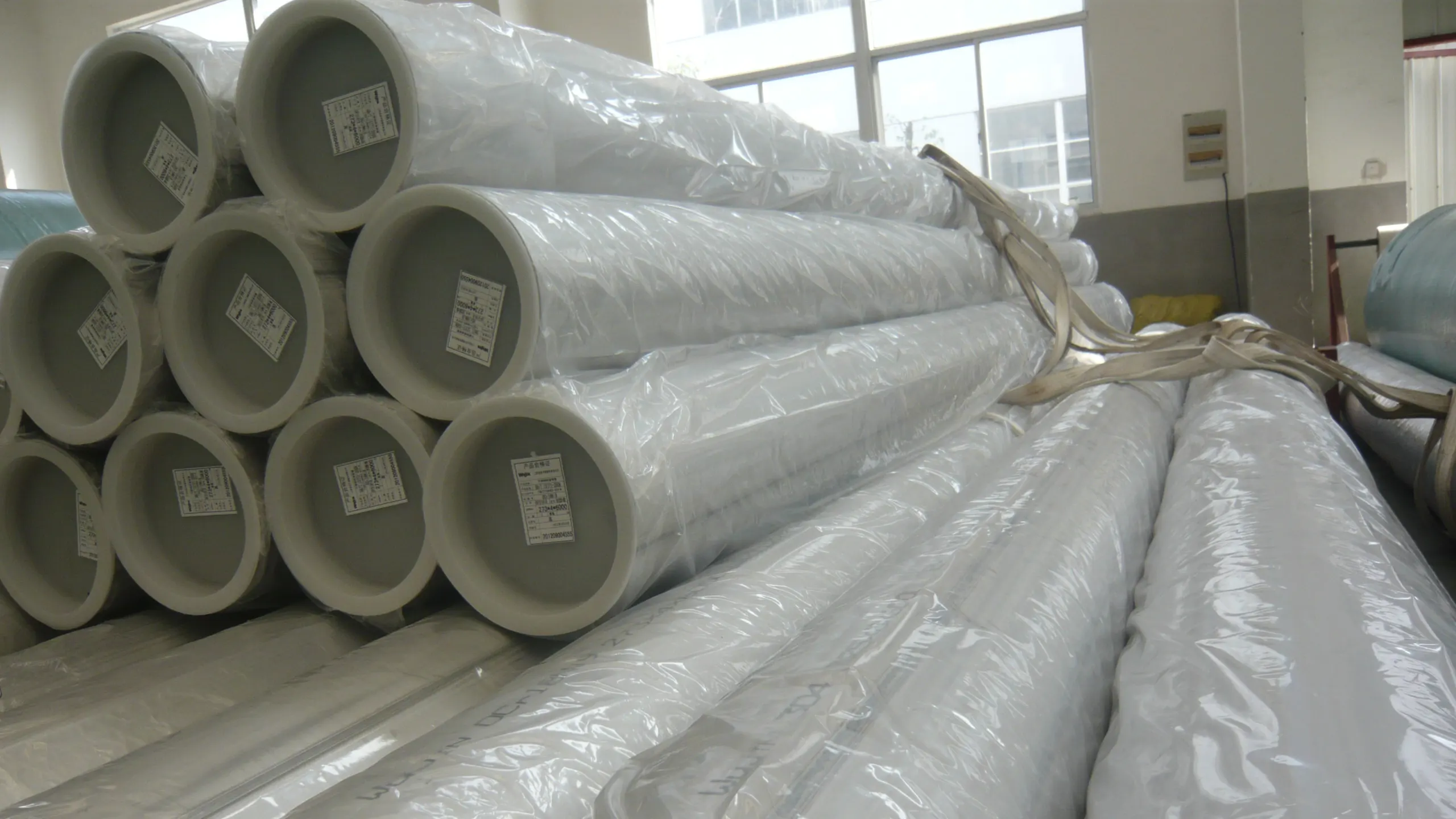904L vs 1.4539 Super Stainless Steel
Table of Contents
Recently, one of our European customer need 1.4539 stainless steel flange, but EN grade material is difficult to find in China. So I tried to see if I could use ASTM SA182 F904L insteaded. I looked up the relevant standards for this purpose and consulted the relevant experts. We think that the current 904L material made in China can replace 1.4539, and it is recognized by the customer.
Let us see what is the difference between 904L and 1.4539.

904L vs 1.4539 Chemical Composition Differences
| Element | EN 10222-5 1.4539 (%) | ASTM SA182 F904L (%) |
|---|---|---|
| Carbon (C) | ≤ 0.020 | ≤ 0.020 |
| Manganese (Mn) | ≤ 2.00 | ≤ 2.00 |
| Phosphorus (P) | ≤ 0.030 | ≤ 0.045 |
| Sulfur (S) | ≤ 0.010 | ≤ 0.035 |
| Silicon (Si) | ≤ 0.70 | ≤ 1.00 |
| Chromium (Cr) | 19.00 – 21.00 | 19.00 – 23.00 |
| Nickel (Ni) | 24.00 – 26.00 | 23.00 – 28.00 |
| Molybdenum (Mo) | 4.00 – 5.00 | 4.00 – 5.00 |
| Copper (Cu) | 1.20 – 2.00 | 1.00 – 2.00 |
| Nitrogen (N) | ≤ 0.15 | ≤ 0.10 |
904L vs 1.4539 Mechanical Properties Differences
| Property | EN 10222-5 1.4539 | ASTM SA182 F904L |
|---|---|---|
| Tensile Strength | 520 – 720 MPa | ≥490 MPa |
| Yield Strength (0.2%) | ≥ 220 MPa | ≥ 215 MPa |
| Elongation | ≥ 35% | ≥ 35% |
Low-Temperature Impact Testing Requirements
| Property | EN 10222-5 1.4539 | ASTM SA182 F904L |
|---|---|---|
| Low-Temperature Impact Test | 120J @20℃ | Not specifically required by standard |
Based on the comparison results, ASTM SA182 F904L can generally be used as a substitute for EN 10222-5 1.4539 in most applications. The two materials has very similar chemical compositions and mechanical properties, with only minor differences as outlined below:
Chemical Composition Differences
- Phosphorus (P) and Sulfur (S) limits are slightly higher in 904L.
- The range for Chromium (Cr) and Nickel (Ni) content is slightly broader in 904L, which could affect corrosion resistance in certain scenarios.
- Copper (Cu) upper limit is slightly higher in 1.4539.
- Nickel (Ni) 1.4539 has a 1% higher minimum nickel requirement than 904L, which is probably the biggest difference.
Mechanical Properties Differences
- 1.4539 has a higher minimum tensile performance requirement, but the difference is not significant.
- Other mechanical properties such as yield strength, and elongation are nearly identical.
Low-Temperature Impact Test
1.4539 has a low temperature impact requirement. However, in our experience, 904L can also easily meet the min. 120J .
Summary of 904L vs 1.4539
Given the similarity in chemical composition and mechanical properties, ASTM SA182 F904L can often be used as a substitute for EN 10222-5 1.4539. In fact, in our experience, 904L with an actual Ni content of 24% or more is fully compliant with 1.4539. We have also utilized 904L for related mechanical property tests, and the results are all within the range of 1.4539. If you need these test reports, please contact us.
However, to ensure full compatibility and performance, especially in specific or extreme environments (e.g., where there are stringent corrosion resistance requirements), it is advisable to conduct further evaluation and testing to verify that 904L meets all necessary technical requirements. If there are stringent requirements for certain chemical elements or performance characteristics in practical applications, it is recommended that a materials engineer or relevant specialist be consulted.



